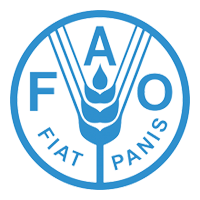Improving Index-Based Drought Insurance in Varying Topography: Evaluating Basis Risk Based on Perceptions of Nicaraguan Hillside Farmers
This paper discusses a methodology to model precipitation indices and premium prices for index-based drought insurance for smallholders. Spatial basis risk, which is borne by the insured, is a problem, especially in variable topography. Also, site-specific drought risk needs to be estimated accurately in order to offer effective insurance cover and ensure financial sustainability of the insurance scheme. We explore farmers' perceptions on drought and spatial climate variability and draw conclusions concerning basis risk with regards to the proposed methodology. There are technically many options to represent natural heterogeneity in index insurance contracts while serving the customer adequately and keeping transaction costs low.
Related Resources
Indicators of soil quality: A South-South development of a methodological guide for linking local and technical knowledge
This methodological guide was initially developed and used in Latin America and the Caribbean-LAC (Honduras, Nicaragua, Colombia, Peru, Venezuela, Dominican Republic), and was later improved during adaptation and use in eastern African (Uganda, Tanzania, Kenya, Ethiopia) through a South-South exchange...
Multiple water use as an approach for increased basin productivity and improved adaptation: a case study from Bangladesh
This study, supported by the Challenge ProgramWater and Food (CPWF-Project 35), demonstrates the case of multiple-use of water through seasonal aquaculture interventions for improved rice–fish production systems in the Bangladesh floodplains. The project focused on community-based fish culture initiatives, increasingly...
Innovation systems: analytical and methodological issues
Innovation systems can be defined in a variety of ways: they can be national, regional, sectoral, or technological. They all involve the creation, diffusion, and use of knowledge. Systems consist of components, relationships among these, and their characteristics or attributes....

Impact of agricultural cooperatives on smallholders’ technical efficiency : empirical evidence from Ethiopia



